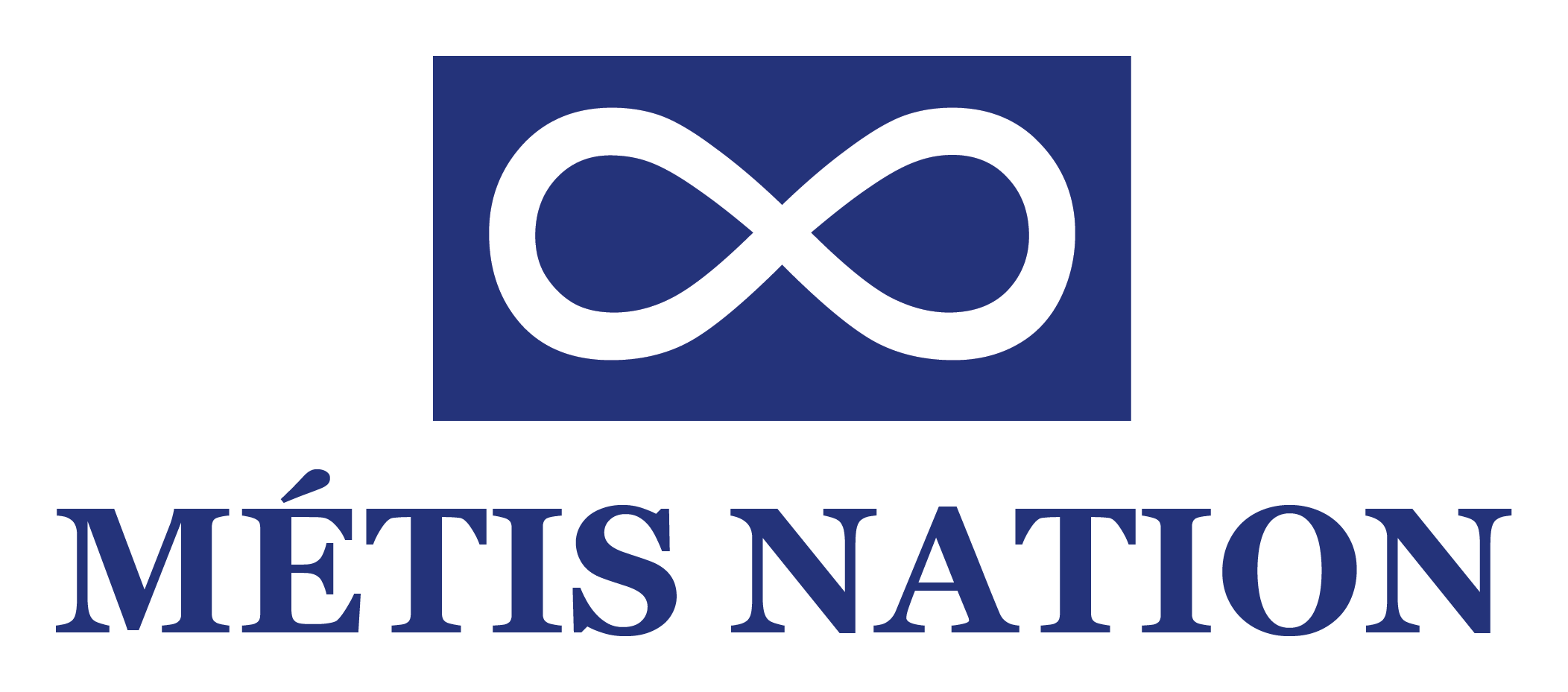
![]()
The Indigenous Climate Change Observation Network
Guided by the advice of the Indigenous Wisdom Advisory Panel, a multi-year initiative, the Indigenous Climate Change Observation Network (ICCON), was launched in 2018. The long-term goal of ICCON is to support shared stewardship of Alberta’s resources by enabling Alberta’s Indigenous knowledge holders and scientists to coproduce the best available knowledge of climate change.
The short-term objective of ICCON is to develop and implement culturally appropriate practices and tools that help Indigenous peoples mobilize, interpret, and apply Indigenous knowledge to enhance their communities’ climate change resilience.
In 2018-2019, working with Kainai First Nation and Samson Cree Nation, an ICCON pilot project tested the Participatory Video methodology for mobilizing Indigenous knowledge and identifying culturally-relevant climate indicators of climate-induced changes in Alberta. In 2018, Alberta Environment and Parks contracted the Prairie Climate Centre and InsightShare to do this work. The pilot project successfully demonstrated that participatory video is an effective tool for mobilizing Indigenous knowledge.
Based on the learnings from the pilot study, the next phase of ICCON (November 2019 – March 2021) will focus on how the pilot-tested participatory video approach can be implemented on a larger scale to support climate change adaptation and resiliency efforts, specifically focused on understanding changing fire regime. Fire With Fire: Braiding Indigenous and scientific knowledges of fire management to enhance climate change resilience in Alberta, is a two year collaborative project between The Resilience Institute, Alberta Environment and Parks and Indigenous communities. Funding for the Fire with Fire project is being leveraged through Natural Resources Canada’s Building Regional Adaptation Capacity and Expertise (BRACE) Program.
Focusing on Climate Change
As part of ICCON, between September 2018 and March 2019, the Kainai First Nation and Samson Cree Nation partnered with the Prairie Climate Centre, InsightShare, and Alberta Environment and Parks partnered to pilot a participatory video project to document and communicate community-specific climate change-related impacts and identify culturally relevant indicators of change.
“First Nations are going to be the most affected by climate change, and yet they contribute the least to global carbon dioxide emissions. Where are their voices? Why aren't we listening to them? Why aren't we helping them? I think this participatory video project is a really good beginning.” - Diandra Bruised Head, Kainai First Nation Participatory Video Project Coordinator, November 2018
During a series of facilitated workshops, community participants developed capacity in planning, filming, editing, and screening short videos about how climate change is impacting their local territories and communities.
The videos document a wide range of climate change impacts, from extreme weather events and seasonal changes, to impacts on water, animals, plants, medicines, and human health. The videos also highlighted the impacts of climate change on the communities’ cultural practices and traditions.
The Kainai First Nation team’s video ‘Siksikaitsitapii: Cultural Chaos’ documents how climate change is impacting their community’s cultural practices and traditions.
Participatory Video
Participatory Video is a community-focused participatory methodology that enables people to explore issues of local importance by documenting and sharing their knowledge, observations, and stories through the creation of videos. A critical tool for mobilizing oral-based ways of collectively-held knowledge, Participatory Video enables the community-led and owned process of developing video materials to be shared with diverse audiences to inform climate change monitoring and adaptation planning.
During the Participatory Video training workshops, project participants built capacity in video production skills (e.g., use of the equipment, conducting interviews) and editing techniques (e.g., combining and transitioning interviews into narratives). Participants also discussed climate change from an Indigenous and scientific perspective through methods such as dialogues with community members about local observations of change and exploring tools such as the Climate Atlas of Canada.

Deserae Tail Feathers films a community Pow Wow in Kainai First Nation.
Over the course of the project, each team of participants spent time in their respective communities filming interviews and b-roll materials. Participants carried out over 40 interviews about climate change with members of their communities. Facilitators from the Prairie Climate Centre and InsightShare supported participants in reviewing footage, logging interviews, planning films and filming additional interviews.
Toward the end of the project, each team showed their draft videos at a screening in their home community, which generated further dialogue about local observations and knowledge of climate change. Based on these discussions, the videos were finalized for sharing within and outside of the communities.
Community ownership of the video production process and resulting videos was at the heart of this project. Community members also valued the project’s focus on community-driven narratives about climate change that included knowledge sharing and dialogues based on local knowledge and experience and presented in accordance with local perspectives and values.
For more information about the innovative Participatory Video process used in this project, read the report Focusing on Climate Change: Reflections on the Indigenous Climate Change Observation Network Participatory Video Pilot Project here.
Local Observations of Climate Change
“In our traditions, the Beaver Bundle Keeper looked out for the environment. We had a sacred duty to Mother Earth through the Beaver Bundle. We sang all the animal songs and we honoured them, the rocks, everything is honoured in the Beaver Bundle. It’s heavily leaning towards our environmental safety. The animals don’t go up in the hills, because of the fires they’re all coming down. All the fires that they’re having, stop to think how it’s going to affect you.” – Kainai First Nation Community Member
Over the course of this Participatory Video pilot project, participants and community members identified a range of locally-relevant environmental, social, and cultural changes related to a shifting climate.
For example, community members from both Kainai First Nation and Samson Cree Nation observed changes in rainfall patterns. Samson Cree Nation community members said there are more rapid fluctuations in precipitation, including quick shifts from snowy to rainy conditions in the winter.
Kainai First Nation community members engaged in the pilot project said that rainfall used to be relatively steady and predictable during certain times of the year. However, now there are more sudden, intense rainfall events, which sometimes result in overland and river flooding. Between these events, there are more frequent and severe droughts.
In addition to shifting precipitation patterns, Kainai First Nation community members observed less precipitation overall, with less snow during the winter, and lower water levels in rivers and streams during the summer.
Samson Cree Nation community members also observed there is less water in ditches and fields, and their water tables are lower. These drier conditions are impacting fish as well as other animals, plants, and people.
The Kainai First Nation team’s video ‘Aohkiiyi: Cultural Connection to Water’ documents how climate change is impacting their community’s relationship with water in their territory.
Community members also discussed how climate change was impacting animals. They said they noticed more diseases in animals and changes in the distribution of species in their territories, including the introduction of invasive species.
“You can see changes in animal behaviour, changes in the flight of the birds, and the water species are being affected by climate change. So over time you're seeing dramatic changes in behaviour of all our relations on the landscape.” – Kainai First Nation Community Member
In Samson Cree Nation, people found rabbits and moose with lumps on them. In Kainai First Nation, there are more diseased and contaminated fish like bull trout. Traditional hunters said they noticed there are also more diseased deer with no fat and blisters on their bodies.
As a result of these changes, many participants said they no longer eat local fish and wild game. Instead, they have to buy packaged and processed food from stores, which are more expensive and generally less nutritious than country foods.
The Kainai First Nation team’s video ‘Kawapaomahkaiksi: Cultural Connection to Animals’ documents how climate change is impacting their community’s relationship with animals in their territory.
In addition to changes to the water and animals, community members also observed that climate change was impacting plants, medicines, seasonal weather patterns, human health, and culture.
For more information about these observations, read the report Signs of Change: Observations of Climate Change From Samson Cree Nation and Kainai First Nation here.
Recommended Article Citation
Climate Atlas of Canada. (n.d.) Focusing on Climate Change. Prairie Climate Centre. https://climateatlas.ca/focusing-climate-change









.png)


